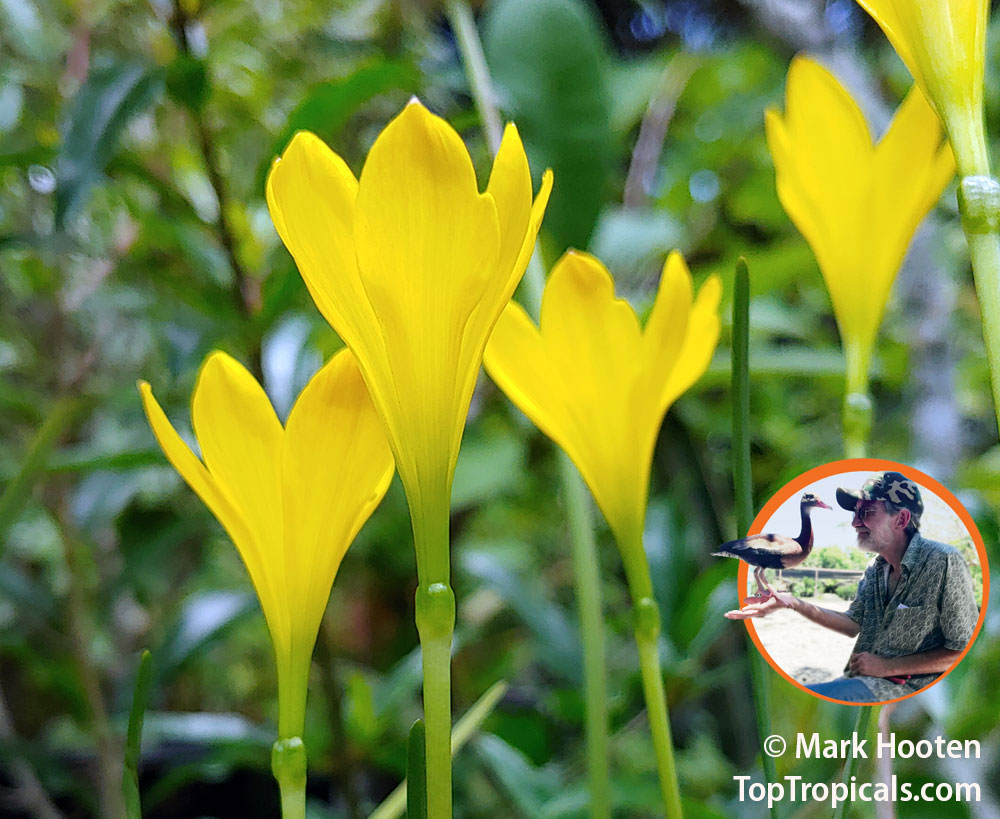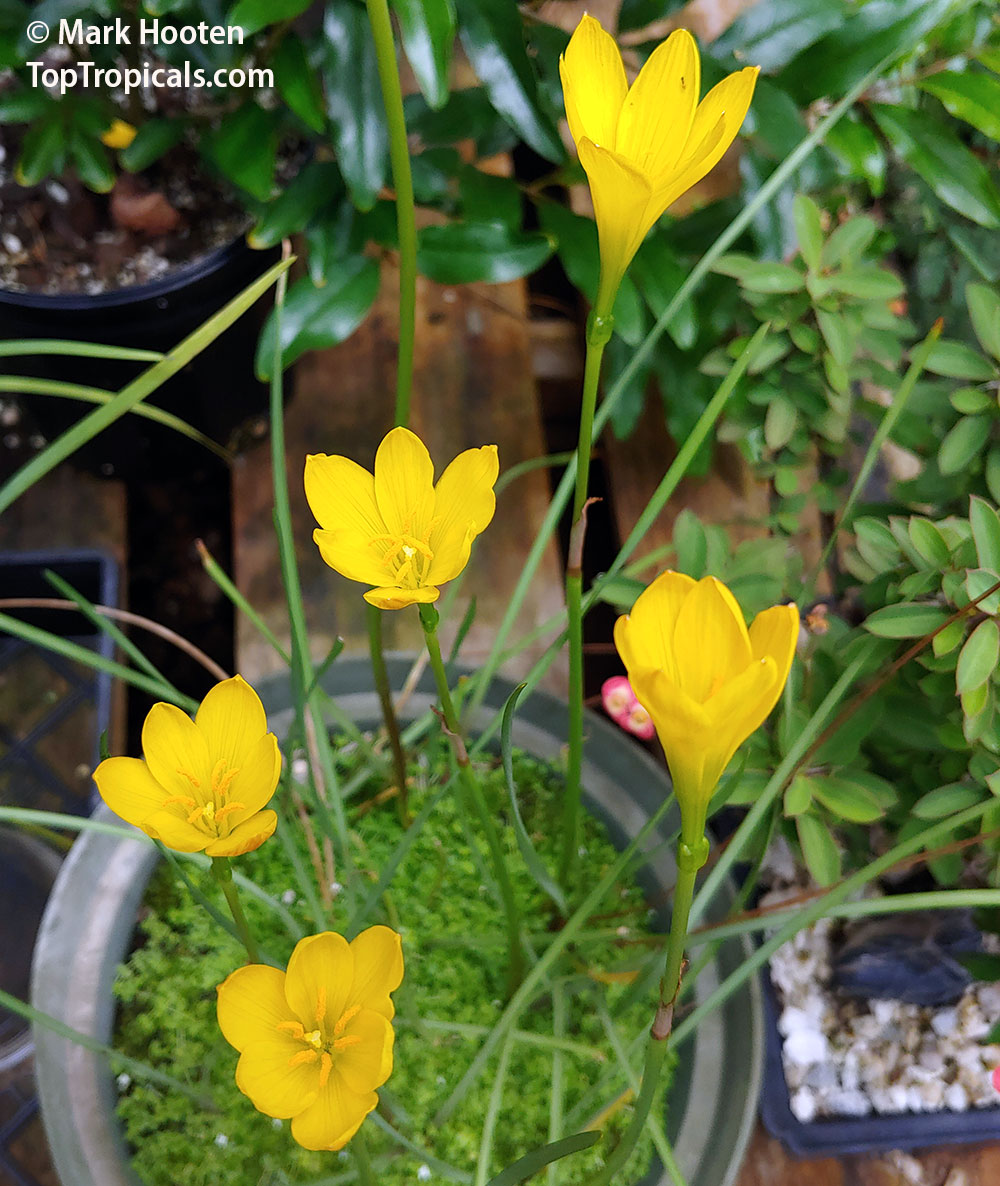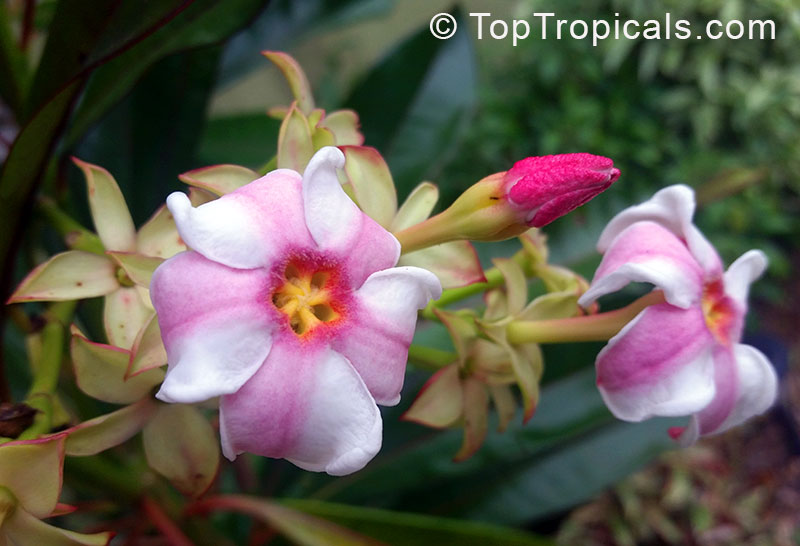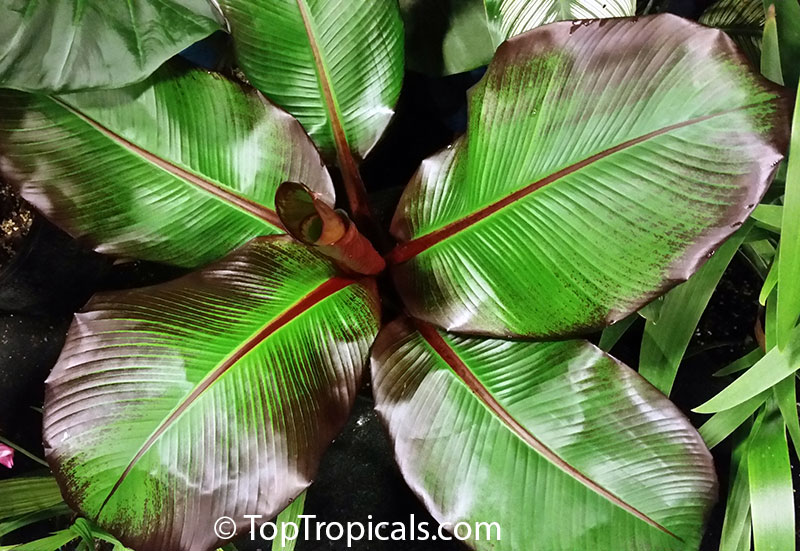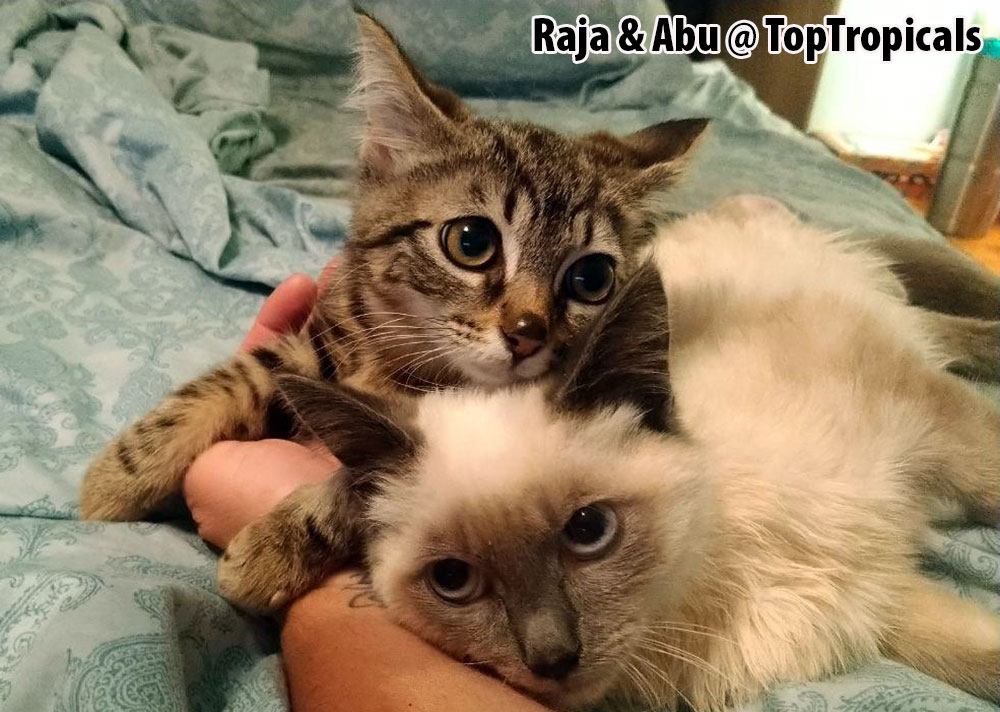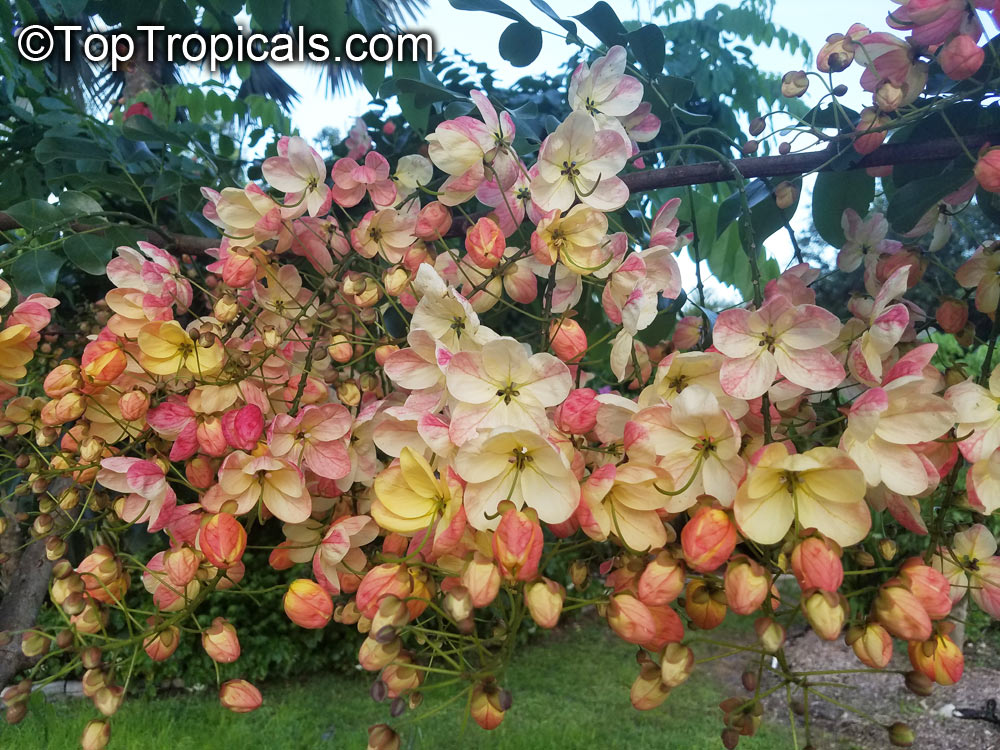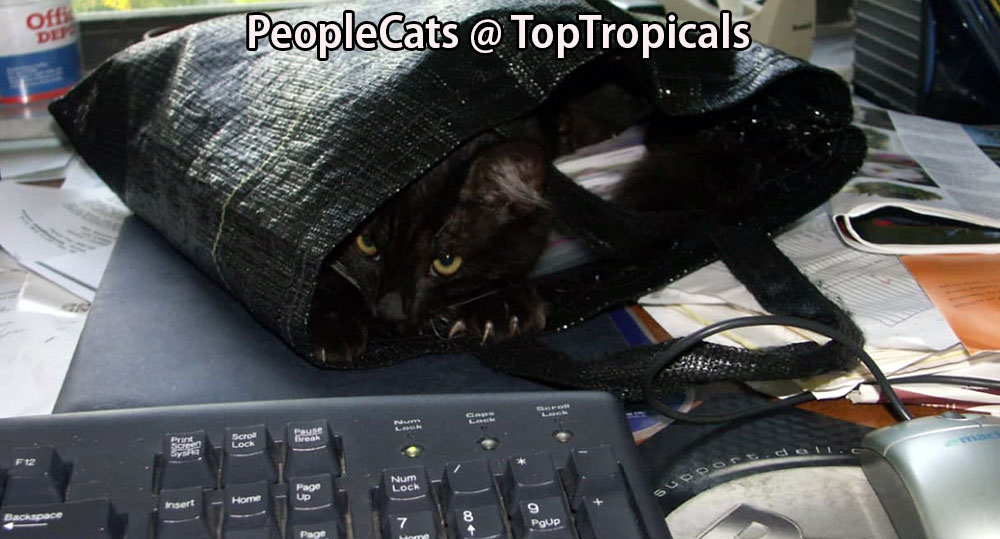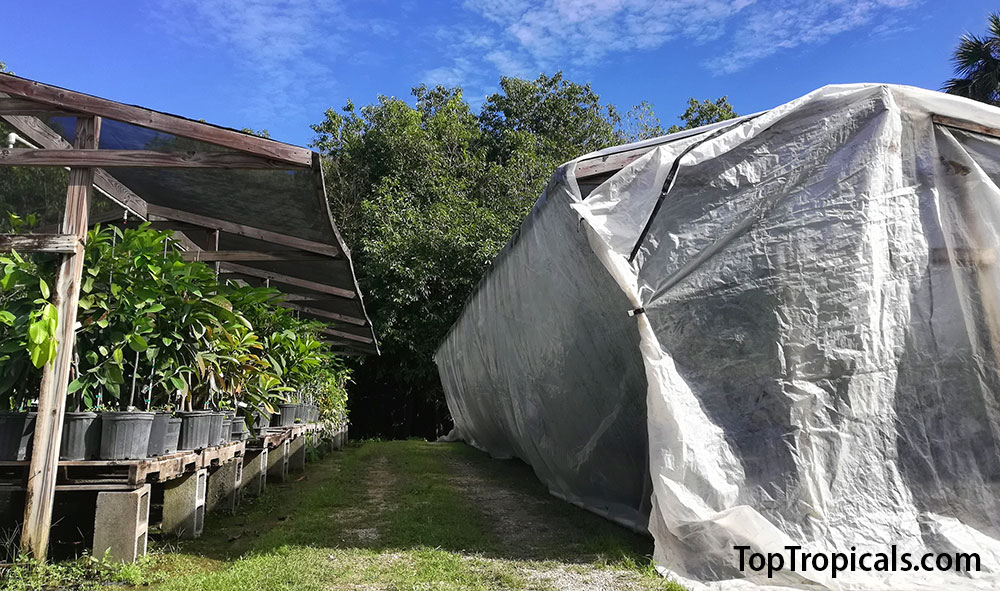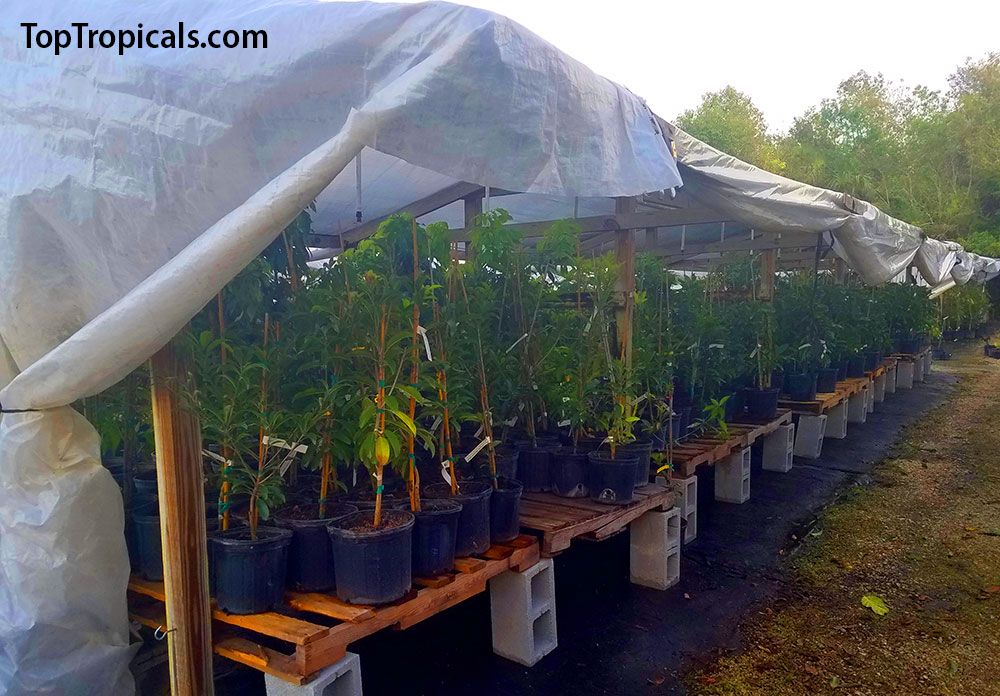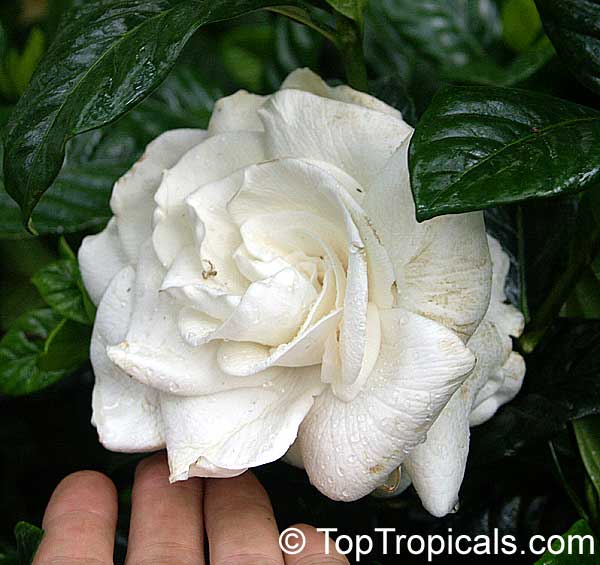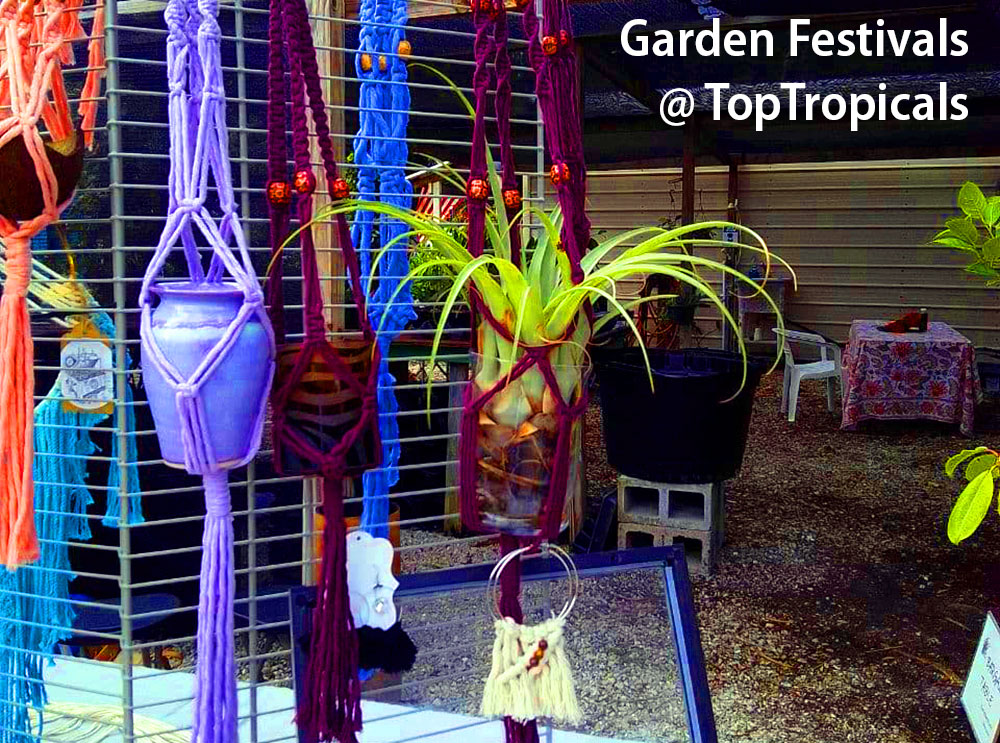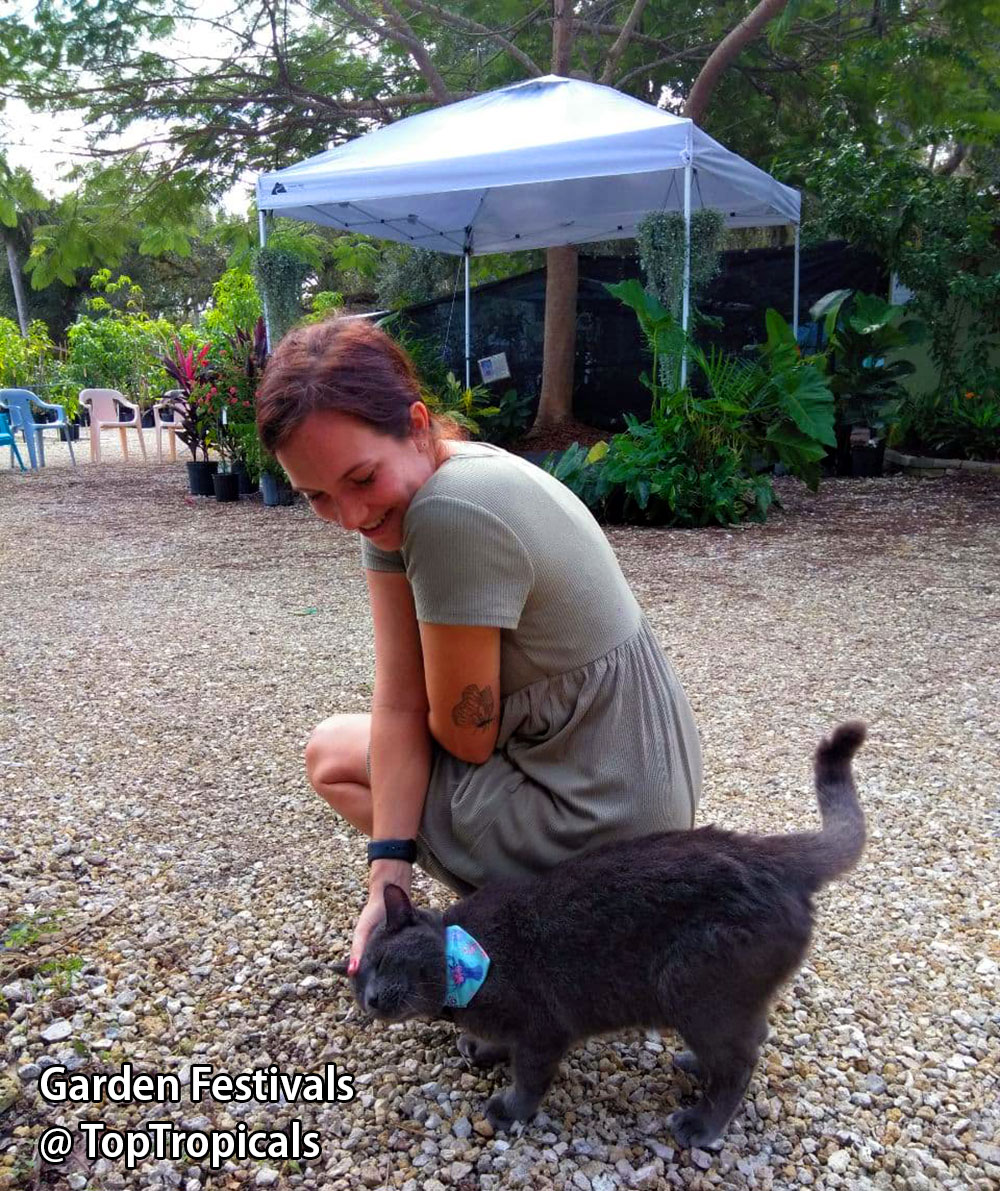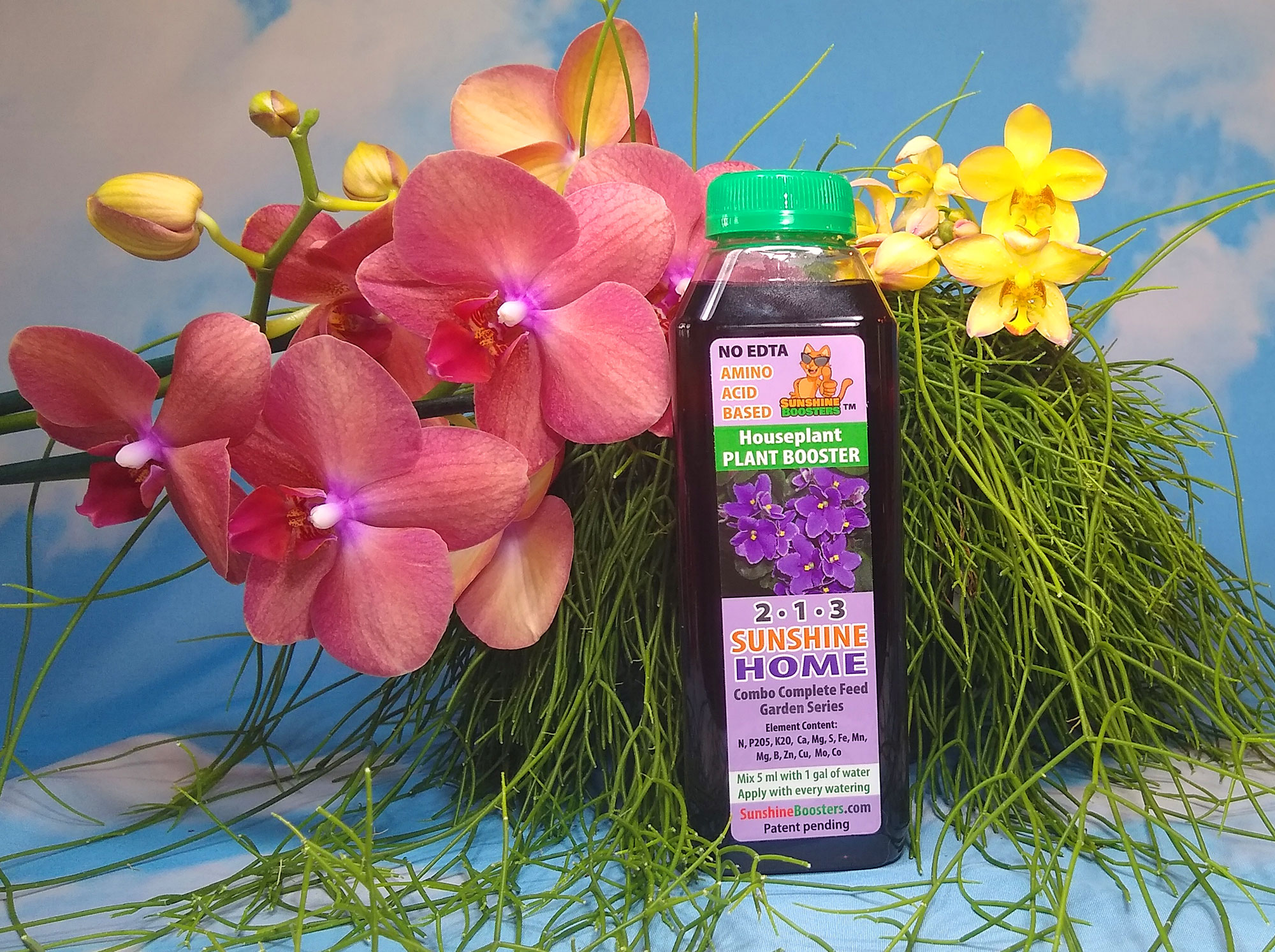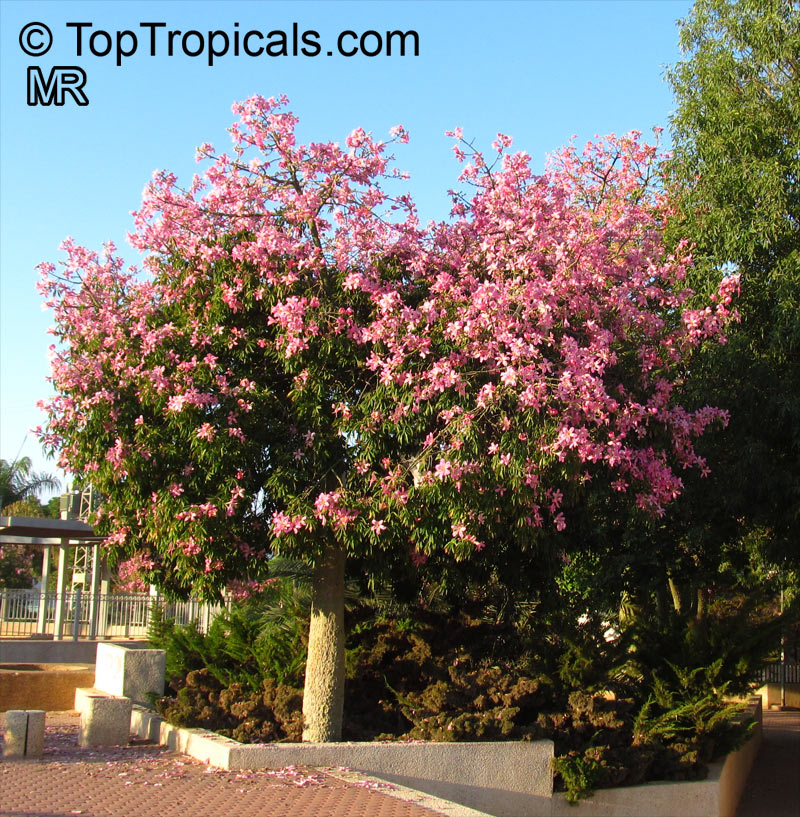Garden Blog - Top Tropicals
Date:
Establishing Mamey Sapote
In the photo: Mamey Sapote lre-leafing.
Q: I purchased Mamey sapote last fall and am very excited about having it in my yard. It lost leaves during the winter, but then budded and put on a lot of beautiful leaves. I was hand watering since this covid stay at home event, and thought I'd put it in a larger container, 10 gallon. About 2 months after transplant and hand watering the leaves turned yellow. I cut back on watering, allowing some dryness between. Some leaves now have fallen off, but looks like new ones forming. What have I done and most importantly now, what do I need to do so she survives? I haven't yet decided exactly where to plant her... so hoping she can stay in container for a bit longer while recovering.
A: It is possibly a combination of over-watering and seasonal
changes (re-leaf). During this time of the year, Pouteria sapote loses old
leaves and grows new ones. This plant is semi-deciduous, which means, it drops
leaves during unfavorable conditions (too dry, too wet, too cold, to hot, etc. =
any stress).
The new buds are healthy. Give it a couple of weeks. Reduce watering. Don't water again if the soil is still moist.
If planted in the ground, it will be easier to control the moisture, as long as you plant it high enough (at least 3-4" above the surrounding area, like on a little hill, for a better drainage.
See
how to plant a tree.
Once you notice a new growth and healthy leaves, give the plant some
food:
SUNSHINE C-Cibus - Crop Nutrition Booster
Mango-Food - Smart Release Fruit Tree Booster
Date:
Zephyranthes pulchella - sunny face of incredible Magic Lily
by Mark Hooten, the Garden Doc
...These wonderful little lilies came as a gift from a botanist studying
the native plant life of Southern Texas nearly 30 years ago. Originally
grown from seeds collected for a doctoral thesis, near the town of Refugio (along
the Southern Texas Gulf Coast, just north of Corpus Christi), this
brilliant, fetching tiny lily really deserves to be more well known. The thin,
grass-like leaves grow from small onion-like bulbs that produce an abundance of
shockingly bright cadmium-yellow flowers which greatly resemble those of certain
yellow Crocus, except on longer stems.
There is one caveat which goes along with this incredible species... it can
be wonderful, depending upon a growers situation... which is that this
species is "apomictic". This means that they produce seeds which do not require
cross pollination, and technically are clones of each mother plant!..
CONTINUE READING >>
Date:
Establishing Cerbera Manghas
after a long shipping trip
Q: I live in Hawaii. I purchased Cerbera x manghas - Enchanted Incense. I followed the repotting instructions but it looks like dying? Is the normal for all the leaves to fall off? I only use purified water to mist and water the plant. I let it dry between watering and still it looks sad. Please help!
A: Cerbera is very sensitive to shipping stress (in particular to
darkness) and it often loses leaves in transit. Considering long trip to Hawaii, it had extra 1-2 days in transit, longer than to most of the
states.
Your plant looks very much alive, however we understand your concern about lost leaves.
You need to treat it like Plumera: keep on a dry side until it starts
sprouting new leaf growth. Once it gets re-established, you may move it out into regular irrigation or
rain.
We recommend to keep it under roof to control water input, but in very blight spot, preferably
sunny.
Make sure the soil doesn't get soggy, too much water may kill the plant especially when it is leafless and hence doesn't consume/evaporate much water.
Water only when top of the soil gets slightly dry.
Do not put into bigger container until roots start growing.
The plant should recover and start new growth under proper care. Keep us in loop how the plant is
doing!
Date:
Musa ensete Maurelli - Red Abyssinian Banana
by Onika Amell, tropical plant expert
Q: I am looking for a colorful, tropical plant with in particular, coarser texture, to add to planting beds next to my decks and around my swimming pool. Any suggestions? I am located in St. Petersburg, FL.
A: Consider incorporating some fast growing Red Abyssinian Banana, also known as wild banana or Ethiopian banana. This is a fantastic ornamental from East Africa and an excellent choice to create a tropical feel and to add coarse-textured foliage. This plant is not a true banana and therefore does not produce any edible fruit. American gardeners were rather slow to discover this enormous perennial, but finally woke up to them over the last decade to a point where they now are considered to be one the most beautiful ornamental banana plants for the landscape and for good reason...
CONTINUE READING >>
Date:
PeopleCats of TopTropicals. Cat of the Day: Story of Raja, Part 2
Everybody was touched by the tragic story of Raja - the kitten Kristi rescued from the tough street
challanges and gave her a chance for Life...
Today we continue this story. And although it is a sad one, there will be a
happy ending, and there will be always lessons we learn from the experience
of taking care of our loved once.
Raja taught us to never let our disabilities define what we can and can't
do. She taught us that every live creature deserves to know what love, a warm
home, and a family means. She taught us resilience, determination and
perseverance. Sometimes goodbye is not always an end, but a possible new beginning
with new lessons learned...
CONTINUE READING >>
In the photo: Raja's Rainbow Cassia
TopTropicals PeopleCat Club and Zoo
Thank you for supporting us in helping PeopleCat Community!
Make
your kind donation today and receive a surprise gift from us! Every little
bit helps. Thank you and God bless you and your pets!
Date:
Cold protection of tropical container plants
Q: I am long time customer of yours, I live in San Diego California and while the summer and Fall temperatures are warm to mild, the winter temperatures dip to a point where some tropicals die off. We are experimenting with different variations of way to heat and insulate the pots we have the tropicals planted in as a way to keep them alive during the colder winter months. I was wondering if you knew of the ideal soil temperature for these tropical in order to look their best year round. All of the heaters we have installed have thermostats and temperature adjustments so we can now keep the soil anywhere between a range of between 65-75 degrees. Any advise you can provide would be greatly appreciated.
A: This is a very interesting concept you are working with.
Indeed, keeping pots/roots warm, may help a lot! We've been experimenting with
cold protection for a long time - for the above-ground plant parts. For sure
keeping roots protected (even with a thick layer of mulch) will benefit tropical
plants during winter. In case with container plants, this may help
dramatically.
The guideline is, tropical plants slow down or stop their metabolism at
65F. As long as you can keep soil above that temperature - this should work
great. Of course, the higher the better.
Optimum temperature for growing tropical plants in general - 70-85F.
Above 90F, metabolism stops too, unless it's a heat tolerant, desert
plant.
More information on winter cold protection of tropical plants and zone pushing:
Greenhouse in Virginia
Plumeria cold protection
Ghost Cold Protection
Seven rules of cold protection for tropicals
About Cold Protection
Cold protection - winter action for your plant collection
Tropical Treasures articles on zone pushing.
Date:
Healthy Plants: Q&A from Mr Booster
How not to kill gardenias?
Q: I have tried to grow gardenia in pots for years and never keep them alive. When i look on camellia websites they say fertilize potted plants twice a year. I'm confused as I tend to kill them with kindness haha. Also, if our tap water has high cal/mag and that stops the gardenia getting other nutrients why would I make up the feed with tap water? So confusing and online is mixed messages...
A: Gardenias are not the easiest plants to grow, however, they are easier in pots than in the ground: they prefer acidic soils, and in many areas soils are alkaline. The most important factor is balanced and sufficient nutrients. In the ground, plants have no limits to reach out to different elements by spreading their root system. In a pot, once all the good stuff is consumed, plants start suffering nutrient deficiency. This is why a balanced feeding program is important.
Generally speaking, Cal/Mag in tap water cannot be bad, because they are
essential elements, good for plants (in proper amounts). However, just
Cal/Mag is not enough. This is why you need a balanced liquid fertilizer for plants that prefer acidic soil.
Excessive Cal/Mag alone can create nutrient lock up, especially if they are chelated
with EDTA like in dry fertilizers, which are not fully accessible for
plants.
We recommend natural, Amino-Acid based fertilizers that are completely
consumed by a plant and are safe to use with EVERY watering, even in Winter. They
are scientifically formulated and cover all plant needs.
For your gardenias, you should use SUNSHINE Pikake - Fragrant Flower Booster.
Another important factor is proper watering. Gardenias like regular water
but don't like wet feet = well drained potting mix is a must, similar to Abundance professional growing mix.
Date:
Fall Garden Festival @ TopTropicals
- Amazing Momentos -
The biggest Garden Event in TopTropicals history just happened! (and
bigger event yet to come!)
Fall Garden Festival on Saturday 11/21/20 was a blast! We had so many
amazing vendors with cool, sunny, happy products.
We would like to thank everyone who brought their arts, crafts, and their
LOVE to our gardens, and to all the guests who really enjoyed the show!
As always, Pros and Congas live jazz set a tropical tune to the day.
Please come again to our future events and share your talents with the
World!
Special thanks to our vendors:
Izzy Baquerizo - Graphic Artist (Fort Myers)
Tony Campo Gallery
Homegrown - tropical oils, creams and blends by Rebekah Bunting
Sara's Stowers Jewelry - Resin and Clay Jewelry (Naples)
Kelsey's Treasure - Macrame & Wire Jewelry (Fort Myers)
Cinthya Celeste - with her Moonlight Gypsy Tarot Card Readings
Twain's Tye Dye @asmrdotcommunity @twains.tyedye (Spark Twain)
Elijam Adams - Hoop Flow (St. Petersburg, FL)
Someuglyrugs
See all participants with links to their businesses
See more photos of the event >>
Moonlight Gypsy Tarot Card Readings
Sara's Stowers Jewelry - Resin and Clay Jewelry (Naples)
Rebekah Bunting with Homegrown - tropical oils, creams and blends
Kelsey's Treasure - Macrame & Wire Jewelry (Fort Myers)
King - the Star of the Show
Date:
Healthy Plants: Q&A from Mr Booster
Feeding Indoor Plants
Q: I am moving all my potted plants indoors as weather is cooling down. I still have Sunshine Boosters that I got from you in Summer. Do I need to continue fertilizing and how often, or should I wait until Spring?
A: Indoor plants add a vibrant warmth to your home, and can even
improve the air quality. But most importantly, indoor plants give you access
to year-round gardening.
While majority of house plants are easy to maintain, they still require
proper care to thrive.
Too many gardeners overlook the importance of fertilizing plants indoors.
However, proper feeding is essential to grow healthy, vibrant plants. With
outdoor plants nature sends rain and a plant will send new roots to find food,
an indoor plant is limited to only what you will give it. That is why it is
essential to feed your plants a healthy nutritious meal even indoors.
Many granular and slow-releasing fertilizers will recommend that you only
feed your plants occasionally, but this is not the healthiest for plants,
since they need to "snack" every day to satisfy their daily nutrient needs. When you feed a plant a large meal rarely, it cannot absorb the nutrients effectively, leftovers creating build up in soil (it's called "locked up nutrients") and that is why we specifically designed our fertilizers to be a light, daily nutritious meal for your plants -
Sunshine Home for houseplants...
Date:
Chorisia speciosa - Exotic Pink Silk Floss Tree
by Onika Amell, tropical plant expert
When I stumbled upon my first Pink Silk Floss tree at the Naples Botanical Garden in Florida, it stopped me in my tracks. It was in full bloom and one of the most beautiful flowering trees I had ever laid my eyes upon. This tree has so much wow factor. Not only are the flowers of this native from the Amazon Rain Forest in South America spectacular, but the trunk, seeds and attractive, umbrella-like crown makes it exceptionally unique and interesting. This tree will stand out in any garden....



